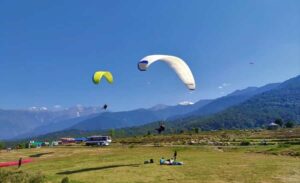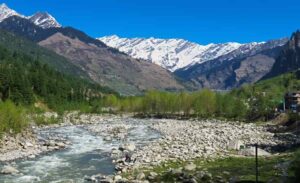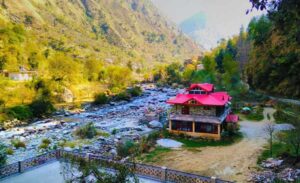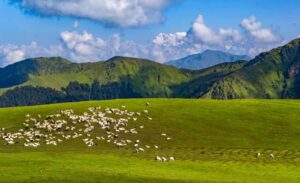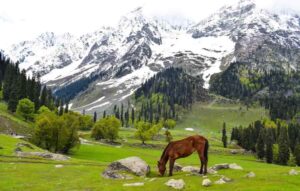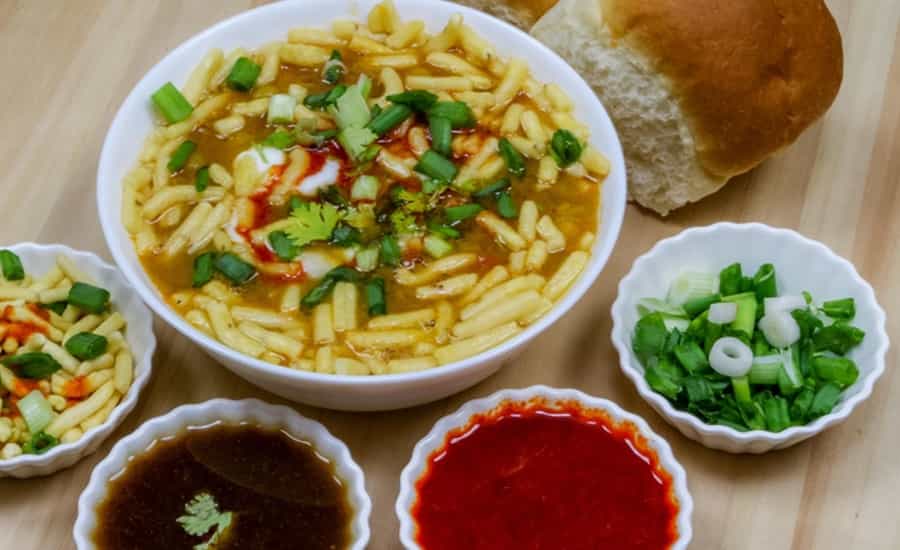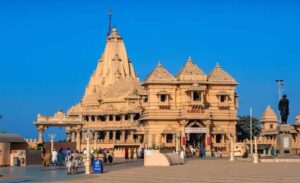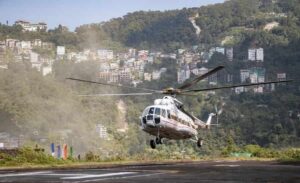Best Time to Kalpa
Kalpa is a picturesque town nestled in the Kinnaur district of Himachal Pradesh, India. It is renowned for its breathtaking landscapes, serene ambiance, and the captivating view of the Kinner Kailash range. Visitors are drawn to Kalpa not only for its natural beauty but also for its diverse weather patterns and distinct seasons. Understanding the climate and temperature variations throughout the year is crucial for planning the perfect trip to Kalpa. In this comprehensive guide, we will explore the best time to visit Kalpa, considering the weather, temperature, and seasons.
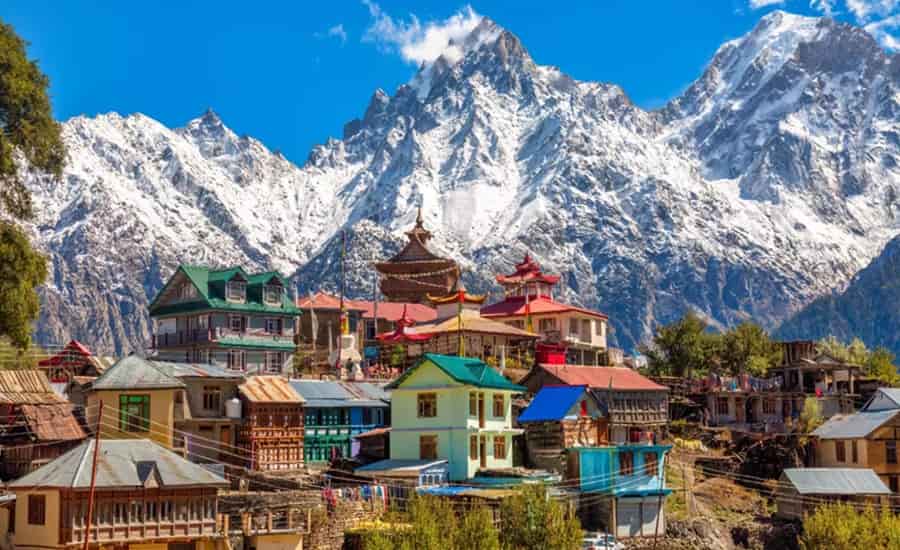
Spring (March to May)
Spring is a delightful season in Kalpa when the town emerges from the winter chill, and nature starts to bloom. March marks the beginning of spring, with temperatures gradually rising. The weather during this period is cool and pleasant, making it an ideal time for nature enthusiasts and trekkers to explore the region.
- Temperature: The daytime temperatures range from 8°C to 20°C, while the nights can still be chilly with temperatures dropping to around 0°C to 10°C. It is advisable to carry light woolens during this season.
- Activities: Spring is an excellent time for trekking and nature walks as the landscapes are adorned with vibrant flowers and lush greenery. The apple and cherry orchards are in full bloom, creating a mesmerizing atmosphere.
Summer (June to August)
Summer is the peak tourist season in Kalpa, attracting visitors with its pleasant weather and clear skies. This is the best time to enjoy the outdoors and engage in various activities without the hindrance of snow.
- Temperature: Daytime temperatures range from 15°C to 25°C, providing a comfortable and refreshing climate. Nights are cool but not as cold as in winter, with temperatures ranging from 5°C to 15°C.
- Activities: Summer is perfect for sightseeing, photography, and adventure sports like paragliding. The weather allows for clear views of the surrounding mountains, and the local festivals add cultural charm to the experience.
Monsoon (September to November)
While the monsoon season is not as pronounced in Kalpa as in other parts of India, occasional rainfall can be expected during these months. The landscape becomes lush and vibrant, offering a unique perspective of the region.
- Temperature: Daytime temperatures range from 10°C to 20°C, while nights can be chilly with temperatures dropping to around 0°C to 10°C. Light woolens are recommended, especially during the later part of this season.
- Activities: Monsoon is an excellent time for nature lovers and photographers. The rain-washed landscapes, combined with the clear skies that follow the showers, create stunning visuals. However, outdoor activities may be limited due to occasional rain.
Autumn (December to February)
Winter sets in during December, and Kalpa transforms into a winter wonderland. While the temperature drops significantly, the snowy landscapes and clear skies make it a magical time for those seeking a unique and tranquil experience.
- Temperature: Daytime temperatures range from -5°C to 10°C, and nights can be extremely cold, with temperatures plummeting to -15°C. Heavy woolens are a necessity during this season.
- Activities: Winter in Kalpa is ideal for snow enthusiasts and those who enjoy the serene beauty of snow-covered landscapes. Adventure seekers can indulge in activities like skiing and snowboarding, while others can simply enjoy the beauty of the snow-clad mountains.
Conclusion
The best time to visit Kalpa depends on individual preferences and the type of experience one seeks. Spring and summer are ideal for those who enjoy moderate temperatures and wish to engage in outdoor activities. Monsoon is perfect for nature enthusiasts, while winter appeals to those seeking a snowy escapade. Whenever you choose to visit, Kalpa’s unique charm and natural beauty are sure to leave you with lasting memories. Be sure to pack accordingly based on the prevailing weather conditions during your chosen season to make the most of your trip to this Himalayan gem.
Also Read:

